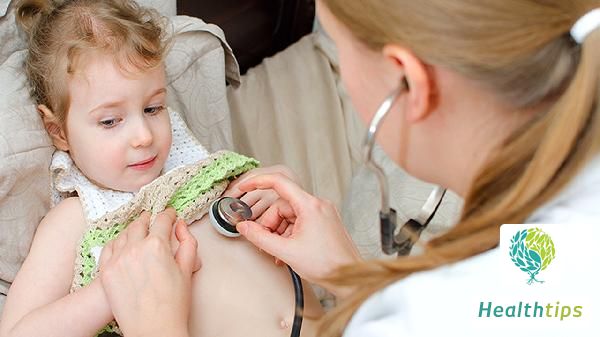What is the Appropriate Oxygen Pressure for a Patient?
The pressure value for patient oxygen therapy needs to be set according to the degree of hypoxia. In cases of mild hypoxia, the oxygen flow rate can be set at 1-2 liters per minute, 2-4 liters per minute for moderate hypoxia, and 4-6 liters per minute for severe cases. When administering oxygen to patients, it is important to use the correct method and strictly prohibit any sources of ignition indoors to prevent fires.

What is the appropriate oxygen pressure for patients? Oxygen therapy is a commonly used method in clinical treatment to supply the body with oxygen and improve tissue hypoxia. In clinical practice, the pressure of oxygen therapy is generally expressed in terms of oxygen flow rate, which is adjusted according to the patient's degree of hypoxia and condition. For mild hypoxia, the oxygen flow rate is 1-2 liters per minute, 2-4 liters per minute for moderate hypoxia, and 4-6 liters per minute for severe dyspnea. Patients with hypoxemia and carbon dioxide retention generally receive low-concentration, low-flow oxygen therapy, while patients with acute pulmonary edema due to heart failure should receive high-flow oxygen therapy.
1. Nasal Plug and Nasal Catheter Oxygen Therapy: The nasal plug method involves placing the nasal plug in one nasal vestibule and making close contact with the nasal cavity for oxygen inhalation. The nasal catheter method involves inserting a catheter into the top of the nasal cavity for oxygen inhalation.
2. Mask Oxygen Therapy: The mask covers the patient's nose and mouth for oxygen inhalation, which is more effective than nasal plug and nasal catheter methods but may cause respiratory acidosis.
3. Oral Oxygen Therapy: If the patient has a nasal obstruction or breathes through their mouth, oral oxygen therapy can be used, which involves placing a larger catheter in the mouth for oxygen inhalation.
1. Strictly prohibit any sources of ignition indoors to prevent fires.
2. Oxygen flow must pass through a humidifying bottle to reduce irritation to the respiratory mucosa.
3. For long-term oxygen therapy, the oxygen flow rate should be controlled at 2-4 liters per minute, and oxygen inhalation should not exceed 1 hour per day to prevent the production of oxygen radicals that may harm health.
4. Before use, check the nasal catheter for patency, replace it twice a day, boil it for 10 minutes for sterilization, and it is best to use disposable oxygen tubing.



















